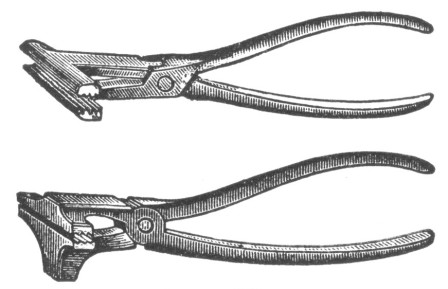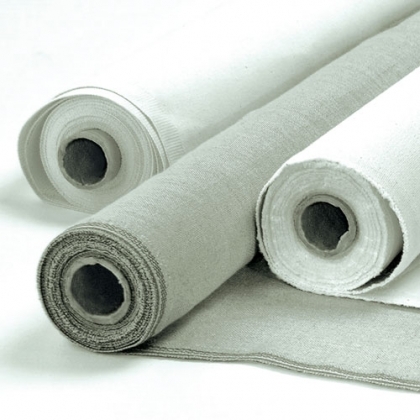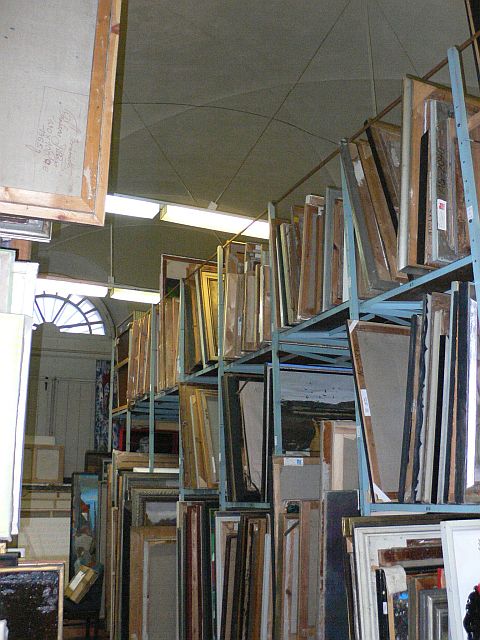On 12 Aug, 2012 With
Oil painting materials: Stretchers Stretchers.—The keyed stretcher, with wedges to force the corners open and so tighten the canvas when necessary, is the only proper one to use. For convenience of use many kinds have been invented, but you will find the one here illustrated the best for general purposes. The sides may be used for ends, and vice versa. If you arrange your sizes well, you will have the sides of one size the right length for the ends of another. Then you need fewer sizes, and they are surer to pack evenly. Stretching.—You will often have to stretch your own canvases, so you should know how to do it. There is only one way to make the canvas lay smoothly…
Read More
On 7 Aug, 2012 With
Oil painting materials: CANVASES and STRETCHERS Grain.—The question of grain is not easy to speak about without the canvas, yet it is often a matter of importance. There are many kinds of surface, from the most smooth to the most rugged. Some grain it is well the canvas should have; too great smoothness will tend to make the painting “slick,” which is not a pleasant quality. A grain gives the canvas a “tooth,” and takes the paint better. Just what grain is best depends on the work. If you are going to have very fine detail in the picture use a smoothish canvas; but whenever you are going to paint heavily, roughly, or loosely, the rough canvas takes the paint…
Read More
On 5 Aug, 2012 With
Oil painting materials: CANVASES, STRETCHERS AND PANELS You should have plenty of canvas on hand, and it would be well if you had it all stretched ready for use. Many a good day’s work is lost because of the time wasted in getting a canvas ready. It is not necessary to have many kinds or sizes. It is better in fact to settle on one kind of surface which suits you, and to have a few practical sizes of stretchers which will pack together well, and work always on these. You will find that by getting accustomed to these sizes you work more freely on them. You can pack them better, and you can frame them more conveniently, because one frame…
Read More




